Introduction
On May 28th, 2020, Mr. Veerathai Santiprabhob, Governor of the Bank of Thailand (BOT), issued a statement to the House of Representatives regarding the implementation of financial measures to help small and medium enterprises (SMEs) weather the COVID-19 crisis.
Mr. Veerathai acknowledged the difficulties experienced by businesses and financial institutions due to the uncertainty of the global pandemic. He also stressed the importance of liquidity for SMEs, warning that many businesses may find themselves insolvent or bankrupt if their lack of liquidity is not addressed quickly. SMEs are the primary generators of employment in Thailand and the lifeblood of the Thai economy. Subsequently, keeping SMEs afloat during the COVID-19 crisis is crucial for the country’s successful economic recovery.
The BOT announced that financial measures to assist SMEs affected by COVID-19 prioritize the following aspects:
1. Comprehensive assistance must be delivered quickly to those affected.
2. The measures must not cause problems in the financial system. Thailand is fortunate that its financial system is strong compared to many countries, allowing it to help affected businesses through means such as deferment of debt payments, debt restructuring, and additional loans. The financial system must also be strong enough to assist with economic recovery in later stages of the COVID-19 outbreak; however, if the measures create problems for financial institutions, it may result in a financial crisis, further aggravating the public health crisis.
3. Financial measures must not create excessive fiscal burdens for the government, or for the people by increasing tax rates.
4. Consideration must be given to how the economy will change after the COVID-19 crisis. As the world changes, along with human behavioral patterns and business practices, financial measures should help businesses adjust to new conditions.
Four types of financial measures to help SMEs
The BOT has implemented four categories of relief measures, which span multiple types of financial policies:
1. Interest rate reduction;
2. Debt payment deferment and reduction;
3. Provision of additional credit;
4. Debt restructuring.
1. Interest rate reduction
The BOT was one of the first central banks in the world to reduce policy interest rates in response to the COVID-19 outbreak. Since February, the BOT’s Monetary Policy Committee has reduced the policy rate three times, and as of May 20th, 2020, the rate has dropped to a record low of 0.50%. The BOT has also proposed to cut the Financial Institutions Development Fund (FIDF) fee, collected from each bank’s deposit base, to 0.23% per annum for the next two years.
The BOT’s actions have reduced the Minimum Loan Rate (MLR), Minimum Overdraft Rate (MOR), and Minimum Retail Rate (MRR) to their lowest points in 17 years. Furthermore, in order to relieve the financial pressures of outstanding debt on businesses, the BOT now calculates default rates by taking into account the length of time that a loan repayment is overdue.
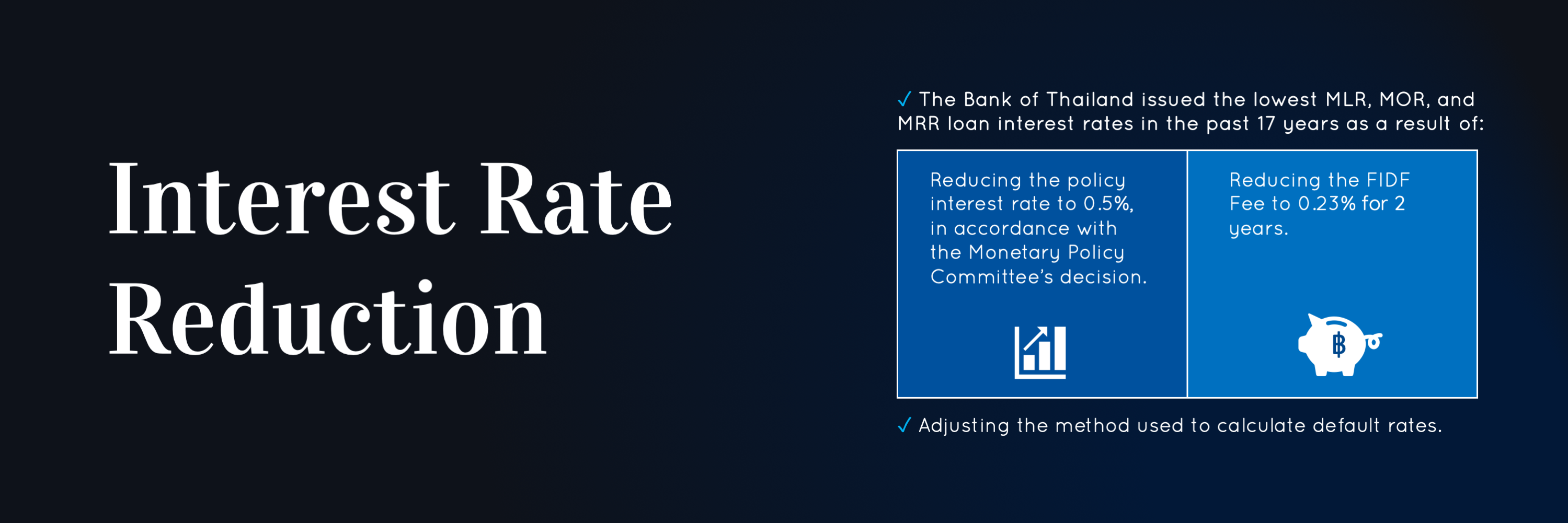
Figure 1. Interest Rate Reduction
2. Debt payment deferment and reductions
Through BOT relief measures, more than 1.1 million eligible SMEs with a total outstanding debt of 2.1 trillion baht have received debt payment deferments and reductions. In accordance with the Royal Decree on soft loans, SMEs with a credit line of no more than 100 million baht are automatically eligible for a debt deferment period of six months. The BOT expects that these measures will ease the strain of debt payments, so that SMEs may use their available funds to cover necessary expenses and coordinate with financial institutions to restructure their debts.
Furthermore, in partnership with the Thai Bankers Association, the BOT has requested the cooperation of financial institutions in aiding struggling businesses during COVID-19. Many SMEs, particularly small ones, still use personal loans, car loans, and leasing as working capital in their businesses. With this in mind, the BOT has stated that all lenders are required to comply with debt deferment and reduction guidelines covering the following loan types: credit card and revolving loans; personal loans; auto title loans; auto and motorcycle loans; leasing loans; mortgages; and SME, nano finance, and microfinance loans.
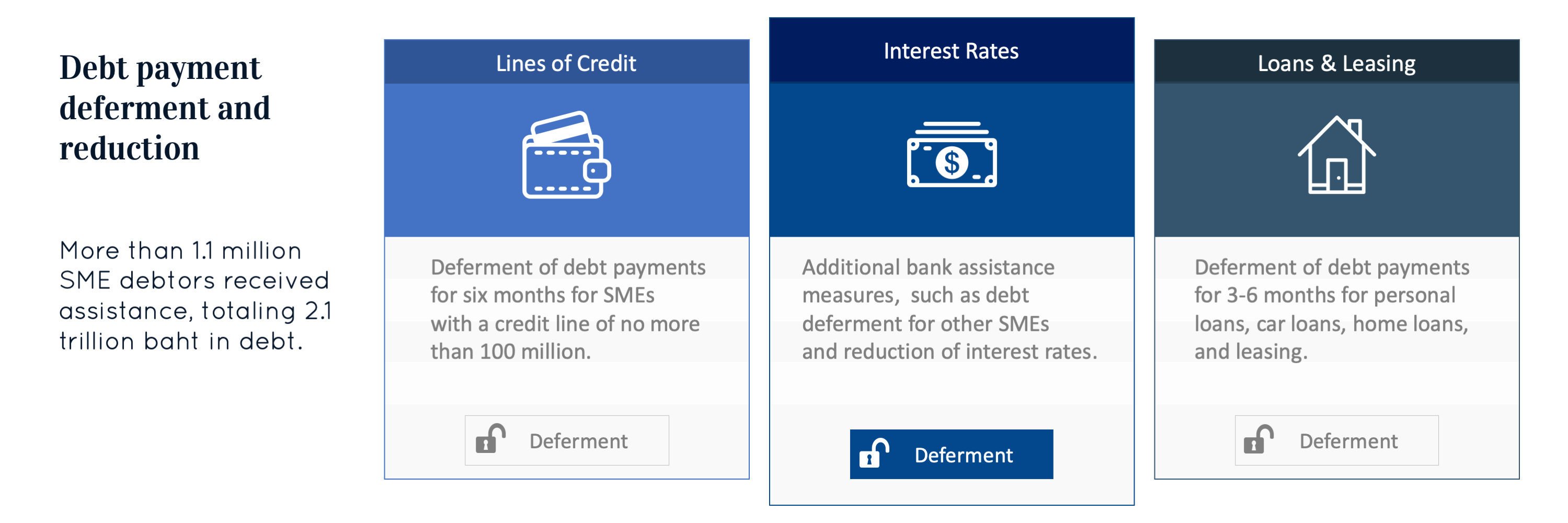
Figure 2. Debt payment deferment and reduction
3. Provision of additional credit
As part of its third phase of relief measures, the BOT has implemented a 500-million-baht soft loan scheme in order to inject money into the economy, support liquidity for businesses, and give SMEs enough time to adapt their business models to a post-COVID-19 economy. Since applications opened at the beginning of May, the BOT has approved 58 billion baht in soft loans for 35,200 eligible debtors. Under this program, the BOT offers soft loans of 500 billion baht at an interest rate of 0.01% per annum to financial institutions for two years. Financial institutions, in turn, lend to SMEs with a maximum credit line of 500 million baht at a concessional interest rate of 2% per annum, with no interest charged for the first six months.
The Government Savings Bank (GSB) has taken action as well, providing 55 million baht in soft loans to commercial banks, which have been distributed to a total of 9,150 SMEs so far, and releasing 4 billion baht itself to 625 SMEs. In addition to government loan schemes, the Thai Credit Guarantee Corporation has issued letters of guarantee to 38,825 debtors, resulting in the distribution of 31 billion baht in loans from financial institutions to SMEs.
As of May 26th, 2020, 84,000 SME debtors have received over 148 billion baht in credit; however, the BOT emphasizes that there is still work to be done, and encourages financial institutions to grant loans swiftly in order to alleviate SMEs’ financial pressures.
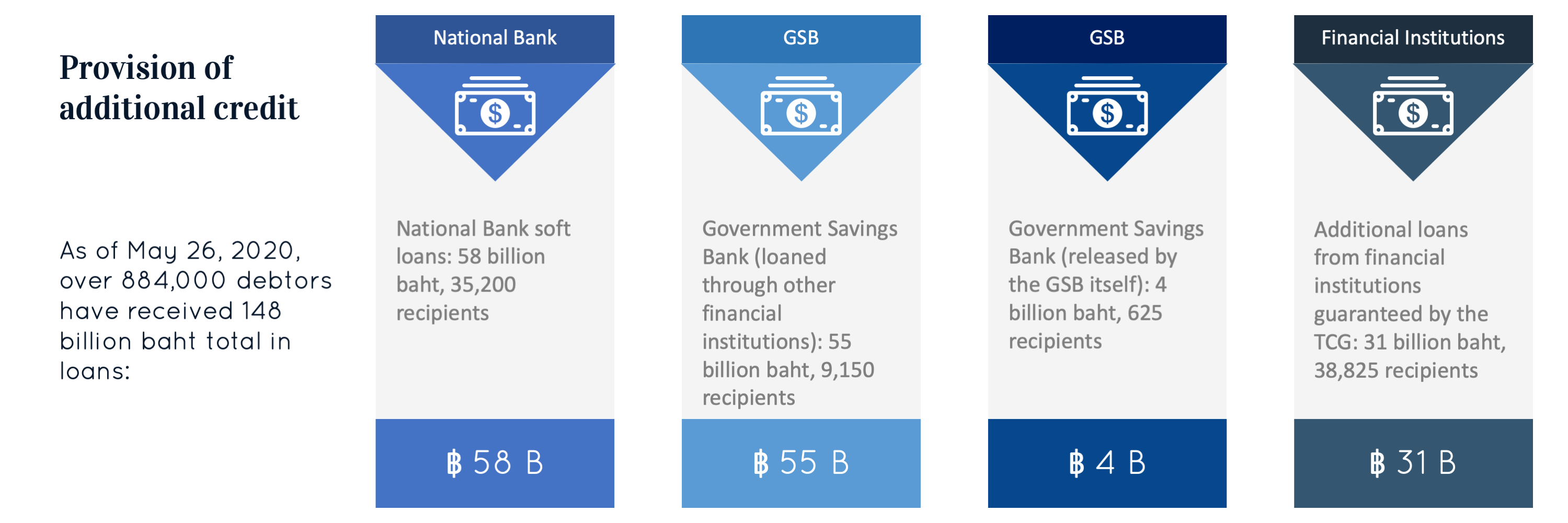
Figure 3. Provision of additional credit
4. Debt restructuring
COVID-19 has reshaped the world economy in profound ways. Businesses who wish to survive must adapt to new conditions and contend with unexpected changes in formerly reliable sources of revenue. Aiming to help businesses adjust their finances, the BOT has eased its regulations for debt restructuring, giving SMEs the opportunity to make debt repayments in accordance with their future incomes.
In February 2020, the BOT relaxed regulatory rules to allow financial institutions to undertake preemptive debt restructuring for SMEs whose loans are not yet in default, but have demonstrated trouble making debt repayments. In the event that an SME’s debt has already defaulted, the new regulations ensure that their reserve funds will not impede debt restructuring.
The measures also include debt relief mechanisms such as extending installment periods, increasing working capital, reducing interest rates, and converting debt into long-term loans with lower interest rates.

Figure 4. Debt restructuring
Nationwide distribution of soft loans
BOT soft loans totaled 58.208 billion baht for 35,217 businesses, with an average approval limit of 1.65 million baht per recipient.
The BOT has prioritized distribution to smaller SMEs. 75% of BOT soft loan recipients are small businesses with an original credit limit of no more than 20 million baht; 51% are small businesses with existing credit lines of no more than 5 million baht; and another 23% are small businesses with existing credit lines between 5 and 20 million baht.
About 51% of SME loan recipients are involved in the wholesale and retail industry. The tourism industry was also severely impacted by the COVID-19 outbreak, with hotels, gift shops, and travel agencies among the hardest hit. About 2,600 recipients in the tourism industry have received loans worth 5.1 billion baht in credit.
29% of participants in the soft loan program are located in the Bangkok Metropolitan Region, while 71% of recipients are located in other provinces. The BOT stated their hope that these statistics will disprove concerns that only the headquarters of financial institutions are releasing soft loans, and are therefore excluding debtors in other provinces from the program. The BOT also addressed concerns that commercial banks are prioritizing low-risk customers or premium customers. According to its database check, 70% of soft loan recipients are classified by financial institutions as moderate to high-risk debtors, while only 30% are classified as low-risk; however, there have been reported discrepancies between what is prescribed by regulations and their execution by financial institutions. It has been observed that banks tend to grant loans to large corporations with an established credit history and sufficient collateral, rather than taking a risk on smaller debtors. Prospective SME clients without a credit history have reported difficulty obtaining loans from financial institutions, and private banks have proceeded with granting lines of credit based on creditworthiness criteria unrelated to COVID-19 measures.
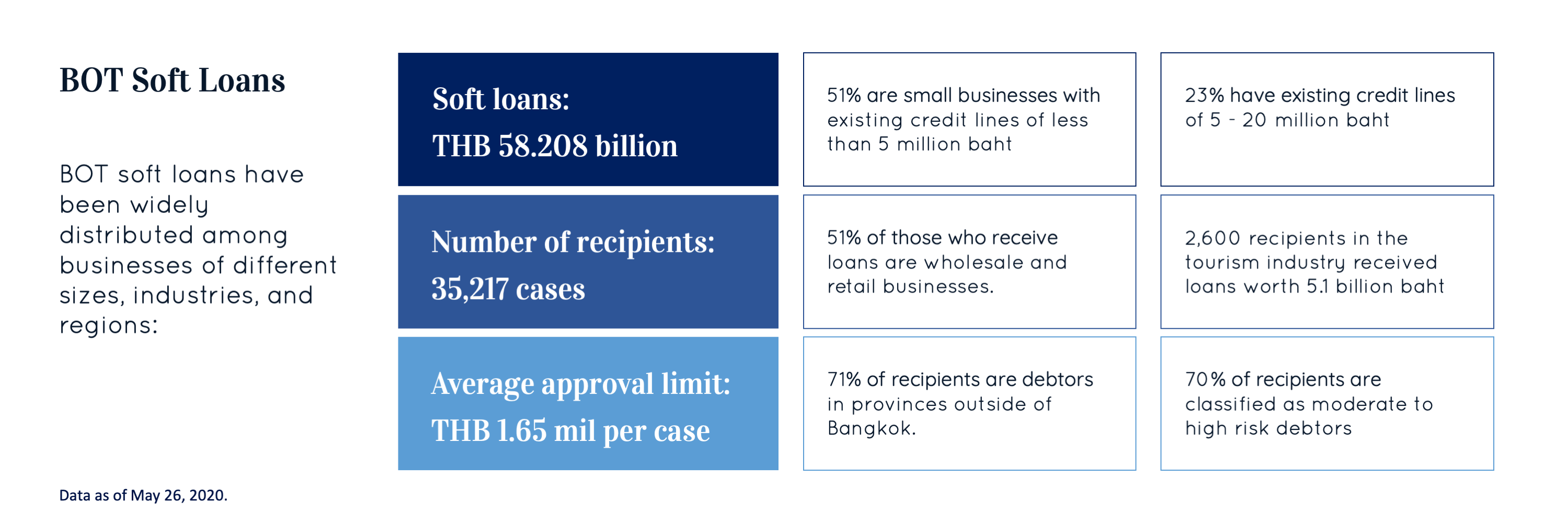
Figure 5. Distribution of BOT soft loans among businesses of different sizes, industries, and regions
As mentioned previously, in addition to helping with SMEs with corporate loans, the BOT has taken into consideration that many small businesses use personal loans and credit card loans as working capital. On March 26th, 2020, the BOT issued minimum guidelines for financial institutions that cover various types of loan products. For credit card loans, the BOT’s measures reduce the minimum installment rate, extend installment periods, and reduce interest, while for cash flow loans, the BOT has asked that financial institutions temporarily suspend principal payments, extend installment periods, and reduce interest payments. Measures for home loans include extended installment periods, suspended principal payments, and reduced installment payments.
The BOT’s measures, which took effect on April 1st, 2020, represent the bare minimum of actions that financial institutions must take to support SMEs; banks may issue additional measures based on these criteria. Furthermore, the credit history of debtors who receive assistance in accordance with the BOT’s criteria will not be impaired.
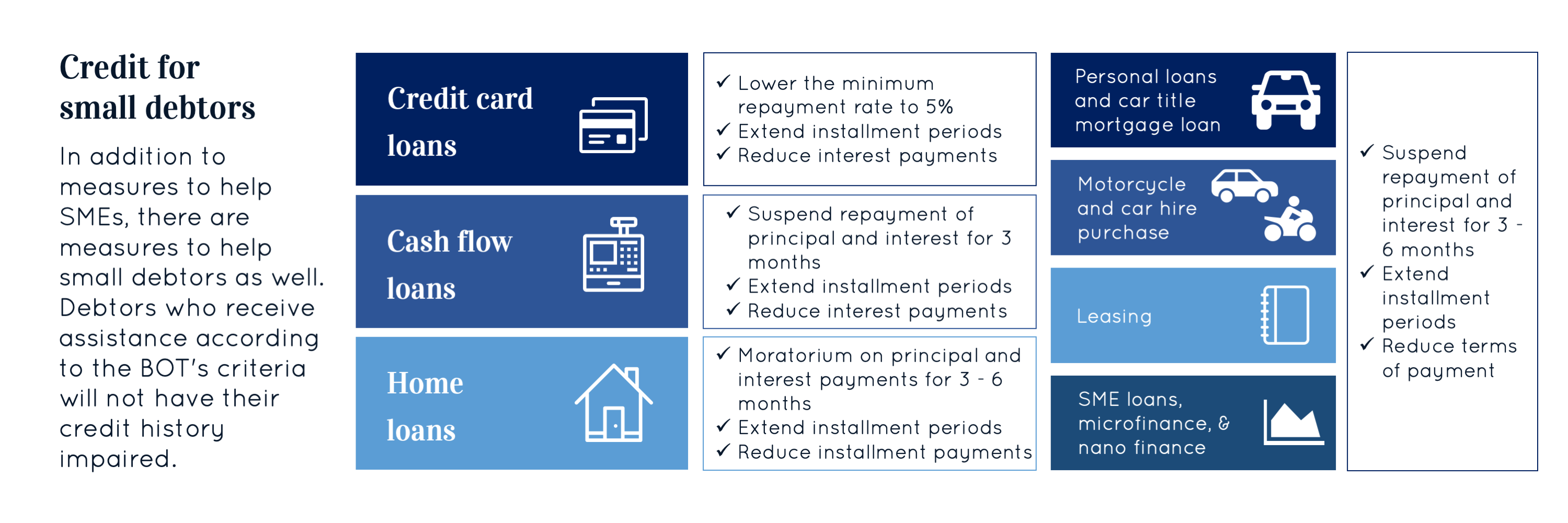
Figure 6. Measures to help small debtors
Additional resources
In addition to the financial and fiscal relief measures, the BOT has also promoted several state-backed resources to help first-time borrowers and small businesses navigate soft loan applications and insolvency services.
For customers who have never borrowed money from a financial institution and are therefore ineligible for the BOT’s soft loan measures, state-owned specialized financial institutions (SFIs) and Krung Thai Bank have released more than 40 credit programs for new customers. Details about these programs can be found on the BOT COVID-19 website (www.bot.or.th/covid19).
To manage the high volume of SME customers who require assistance at this time, the BOT has opened a “debt correction expressway” project for small debtors and SMEs who may not be able to contact financial institutions directly. Customers can register their information with the expressway project. The BOT will coordinate with and closely monitor financial institutions.
Small debtors and SMEs looking for assistance in negotiating with financial institutions for debt restructuring should contact the BOT’s Debt Clinic Project. They may also contact Sukhumvit Asset Management Company, a subsidiary of the Financial Institutions Development Fund (FIDF), which acts as a mediator in negotiations to resolve bad debts, regardless of the number of creditors.
The BOT did not borrow money in their provision of the 500-billion-baht soft loan scheme. Unlike government spending measures, loans provided to financial institutions under the soft loan program are not considered loans, and therefore will not affect public debt. Financial institutions who have received money from the BOT will return loans to the BOT after two years; subsequently, the public will not be burdened with higher tax rates. Furthermore, the relief measures do not draw on international reserves. International reserves are primarily a mechanism for managing the international liquidity of the Thai economy, and are therefore not required to solve the problem of SMEs’ liquidity shortages in the form of Thai baht.
Under the BOT’s stimulus measures, over 6.6 trillion baht in loans has been distributed to 15 million debtors. Of these, 13.9 million cases of small debtors have received a total of 3.8 trillion baht in loans, while 1.1 million cases involving large businesses and SMEs have benefited from a total of 2.8 trillion baht in loans. As the situation develops, the BOT will likely issue further relief measures to assist SMEs and stabilize the national economy. Businesses and debtors should keep abreast of additional measures and opportunities to maintain liquidity in the face of the global crisis.
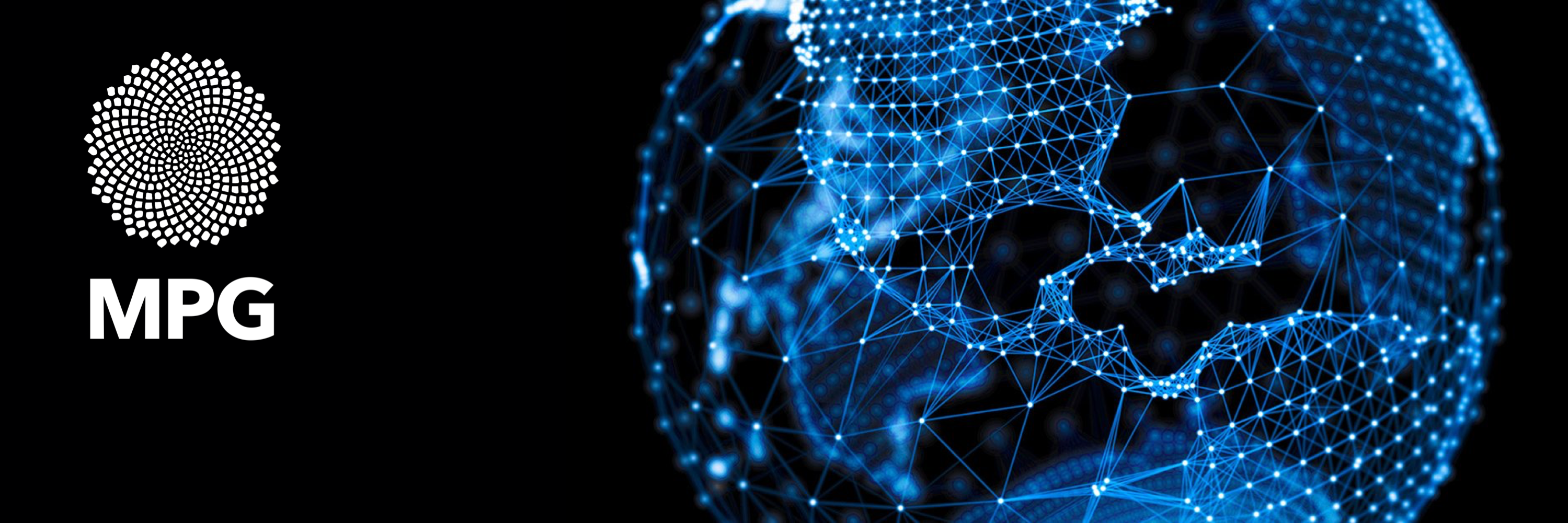
The Mahanakorn Partners Group (MPG) is a leading multidisciplinary professional services firm headquartered in Thailand, with an ASEAN presence and a global footprint. MPG offers a wide-range of services, specializing in legal services, audit and tax services, consulting, risk management, capital projects management, public procurement, global mobility, FDI and financial advisory services. For inquiries about the Bank of Thailand’s stimulus packages, and how SMEs and large corporations can benefit from the government’s relief measures, please contact us at [email protected]